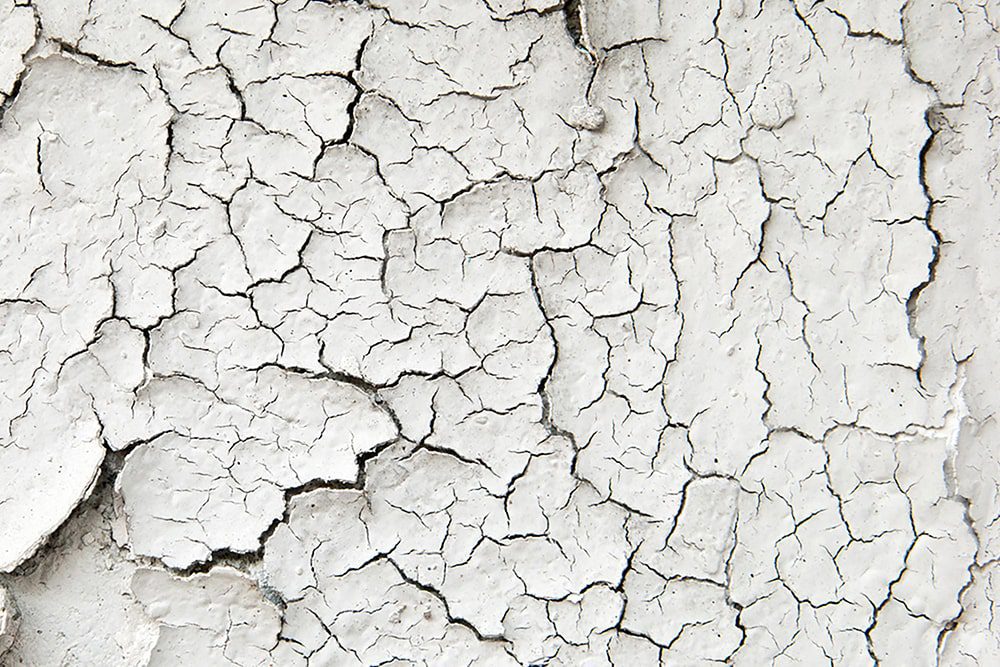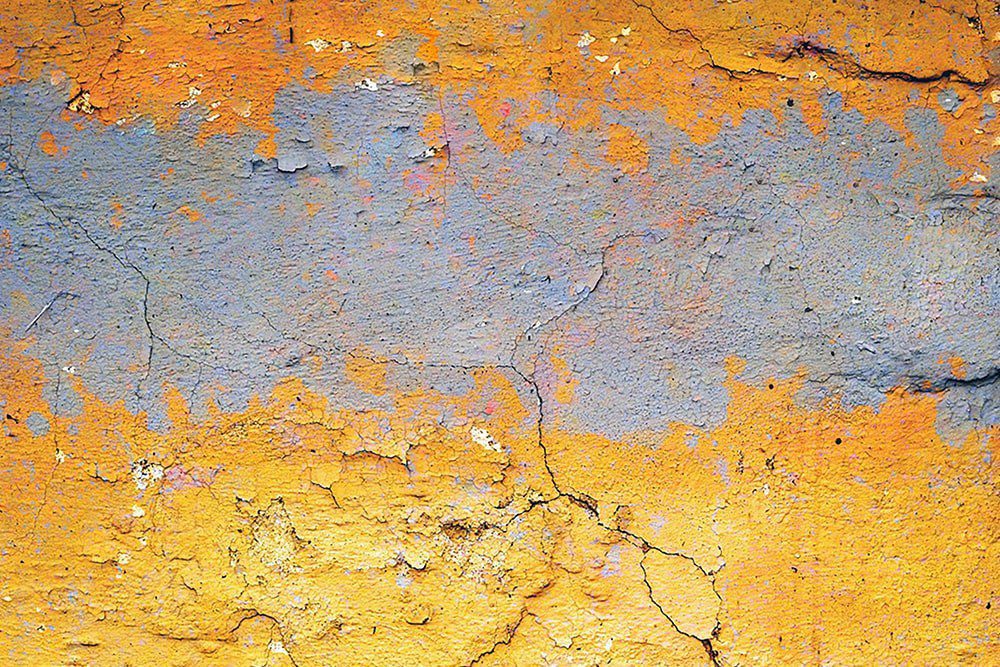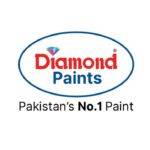DIY
Tips and tricks and step-by-step advice on how to make your DIY project a smashing and colorful success.
Expert Paint Series: Paint Volume Calculator
Now comes the million-dollar question―how many buckets of paint will be sufficient? The number of buckets needed depends on the surface area of the particular wall, door or furniture you want to paint.
To calculate the number of buckets required, you can also use Diamond Paint’s Paint Calculator to get a realistic impression of what paint would look like before you buy it.
Expert Paint Series: How to Paint
Before you start painting, it is important you thoroughly scan the room for any leaks and seepage so that these problems are addressed.
Read MoreExpert Paint Series: Tools Needed to Paint
Painting is a technical task that requires various techniques and tools to achieve perfection.
First, use sandpaper to scrape off imperfections like stains and old paint from the surface. Next, use a clean cloth to remove dust and other particles. Then using a filling knife or scraper, fill the wall with putty to equally level the surface. Lastly, you will need the paint bucket, a brush or roller to apply the coating and a tray.
Expert Paint Series: Paints & Coats
Here are some useful tips and tricks to achieve your perfect DIY painting project…whether it’s a 3D DIY wall art, an abstract DIY painting or a painted wood sign.
First, divide your paint job in two parts…the basecoat and topcoat. Next apply putty and primer, followed by 1-2 more coats of wall putty. And finally, apply the topcoat and get the expert finishing you’ve been looking forward to.
Expert Paint Series: Types of Paint Surfaces
When you initiate a painting project, the first step is understanding which paint type is suitable for the surface. There are four main types of surfaces; wood, metal, plaster, and concrete.
Wood and metal surfaces are best paired with oil-based paint colours (Enamel), whereas plaster and concrete are better paired with water-based colours (Emulsion).
Expert Paint Series: Emulsion or Enamel?
Emulsion and Enamel are the two types of paint that are commonly used when it comes to renovations and revamps. Let’s address the differences between these two.
Emulsion colours are water-based colours with some additives that make them durable whereas Enamel paint is oil-based, durable, and stain-resistant. Moreover, Enamel paint dries slower than Emulsion and has a very strong odour.

DCM
Choose from our versatile range of colors and mix and match to find the perfect fit for your project.

Color Advice
Seek color selection advice from our experts and gain colorful insights to create your perfect space.
Learn MorePAINTING PROBLEMS & SOLUTIONS

Chalking
Formation of fine powder on the surface of paint film during weathering can cause colour fading. Although some degree of chalking is a normal, desirable way for a paint film putty to wear off, excessive film erosion can result in heavy chalking.
Read more
Cracking
Breaking down of film due to high thickness or low curing of plastered surface. Early on, the problem appears as hairline cracks; later, flaking of paint chips occurs.

Mottling
Appear on new brick, plaster or cement as they dry.
Failure to adequately prepare surface by removing all previous efflorescence.

Peeling
Peeling is an adhesion failure whereby the paint film peels away from the surface. There are two types of peeling.
Shades Cards

Ace Digital Shade Cards
Download our shade cards to explore our vibrant color charts and versatile color combinations.
DownloadDiamond Brochures

Diamond Ace Brochure
Download our brochures for detailed product features to find the specific products that suit your needs.
DownloadInstagram Feed
#diamondpaints | #diamondhomes
Transform your interiors into a haven of refined beauty, blending muted greys for walls. Let sophistication guide your aesthetic journey.
#effortlesschic #transformative #powercolor #paintcolors #hues #luxurylifestyle #luxury #home #homedecor #trendyhues #aestheticinteriors #paletteperfection #modernspaces #eleganceincolor #styleyourspace
#colorfulliving #interiorinspo2024 #timelesstones
Architect Umamah, a visionary BNU grad with a decade of architectural expertise. From honing skills in a reputed firm for 5 years to now having her own firm. Join her journey as she shares her experience with Diamond Paints.
#DiamondPaints #PakistansNo1Paint #architecture #topcolor #interior #interiordesign #decor #painting #worldofinteriors #vintage #luxury
#modernistarchitecture #minimalism
#modernarchitecture
From soothing serenity to lively energy, let nature`s palette enhance the visual appeal of your space. Elevate your ambiance, embrace tranquility, and immerse yourself in the timeless beauty of green.
www.diamondpaints.com/product/ace-durasilk-emulsion
#DiamondPaints #PakistansNo1Paint #PaintColors #Hues #LuxuryLifeStyle #Luxury #Home #HomeDecor #TrendyHues #AestheticInteriors #PalettePerfection #ModernSpaces #EleganceInColor #StyleYourSpace #ColorfulLiving #InteriorInspo2024 #TimelessTones
Fill in the blanks the right way!
To sustain your walls better, fills the pores and surface imperfections with Diamond Paints Wall Putty.
www.diamondpaints.com/product/ace-acrylic-primer-filler-putty
#DiamondPaints #PakistansNo1Paint #interior #exterior #aesthetics #interioraesthetics #interiordesign #theworldofinterior #architecture
Shedding light on sustainability! This International Day of Clean Energy, Diamond Paints proudly embraces the power of solar, making a positive impact on our planet. Not just that but Diamond Paints is also cleaning thousands of liters of water every month, contributing to a greener, cleaner future.
#DiamondPaints #PakistansNo1Paint #Solar #Energy #InternationalDayOfCleanEnergy


